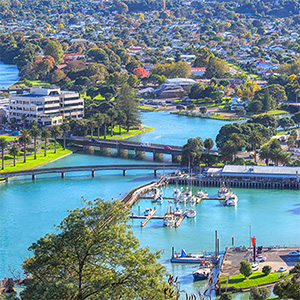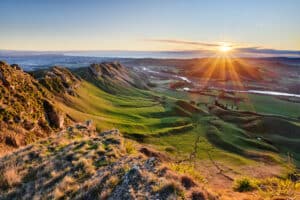Your Adventure Starts Here
Welcome
to Field Based Stem
Specialist support for field-based local curriculum
We provide Professional Learning Development (PLD) for teachers and specialise in field-based professional development.
Work directly with real scientists or people who made a career in the scientific community!
Why Work
With Us
discover what is possible
You have a choice to work with specialised scientists and science communicators who spent their careers in the scientific community.
Every one of us will be delighted to provide you with complementary information to what you already have, and tailor it to your needs.

We are Professional Experts
We each are specialised scientists and science communicators.
We understand the New Zealand school system
We understand the constraints that you have to work with.
We treasure your time
You know better than anyone how to teach your students. We bring experts so you can draw inspiration from real life experiences.
We don't create more work for you
There is no hidden work agenda, no extra work for you to fill in.
We go outside!!
We love being outside and our entire work philosophy is based on this fact.
Flexible Learning for Busy Educators
Flexi Conferences are designed with you in mind—educators and professionals who need high-quality professional development tailored to their schedule.
Our Events and conferences
Field-Based Stem Localised Curriculum
- All
- Central Auckland
- Christchurch
- Gisborne
- Hawke's Bay
- Kapiti
- North Auckland
- Rotorua
- South Auckland
- Taranaki
- Taupo
- Tauranga
- Wairarapa

Kerikeri 2025 Flexi Conference

North Harbour, Auckland 2025 Flexi Conference – hosted by Ridgeview School

Kapiti 2025 Flexi Conference

Wairarapa 2025 Flexi Conference

Taranaki 2025 Flexi Conference – co-hosted by Te Puna Umanga Venture Taranaki

Rotorua 2025 Flexi Conference

Gisborne 2025 Flexi Conference

Hawke’s Bay 2025 Flexi Conference

Central Auckland 2025 Flexi Conference

Tauranga 2025 Flexi Conference in association with New Zealand Astrobiology Network

Christchurch 2025 Flexi Conference – co-hosted by Climate Action Campus

South Auckland 2025 Flexi Conference – MIT Ōtara campus

Taupo 2025 Flexi Conference – Supported by Kids Greening Taupo
First time applying?
What you need to know
The Ministry of Education funds teacher professional learning through its Regionally Allocated PLD initiative. MoE has some priorities eg STEM, Local Curriculum Design, and mātauranga Māori.
Successful applications can be for a few hours to support an individual, up to 80 hours to support a department, 200 hours for a school, or even 500 hours to support a cluster of schools.
These hours can be used in classroom settings with all of your class or on field trips with your class. They can also be used one on one with teachers. In addition to being available during standard school hours, Field-Based STEM is available after school, on weekends, and on holidays.
Upcoming Workshops
- All
- After Dark
- Taupo
- Wairarapa
- South Auckland
- Kapiti

Māori fishing technology and practices
Māori developed the fishing hook beyond any other culture on the planet.

Every contact leaves a trace (Forensic Science)
This workshop will introduce participants to the concept of trace evidence.

Virtually there – create your own virtual field trips
In this workshop you will take part in an interactive virtual field trip and see how to plan, create, share and evaluate your own virtual field trip. See how online Read More

Exploring under the surface using low-tech solutions
A look at how schools can investigate/discover what's going on below the surface.

Why Antarctica Matters
Antarctica is a unique natural laboratory that helps us understand the Earth's climate, ocean systems, and the impact of human activity.

TNT (Tried and Tested)
This workshop showcases a collection of STEM lessons that have been rigorously tested and proven to be highly effective across a wide range of subject areas, age groups, and ability Read More

Special OPs (Original Physics Solutions)
Original Physics Solutions is an innovative framework designed to make physics more inclusive and representative of diverse perspectives. It challenges traditional norms in physics education by fostering a more equitable Read More

On Camera
Engage your students through sharing and creating video. See how you and your ākonga can film, edit and share stories through video without the need for specialised equipment.
